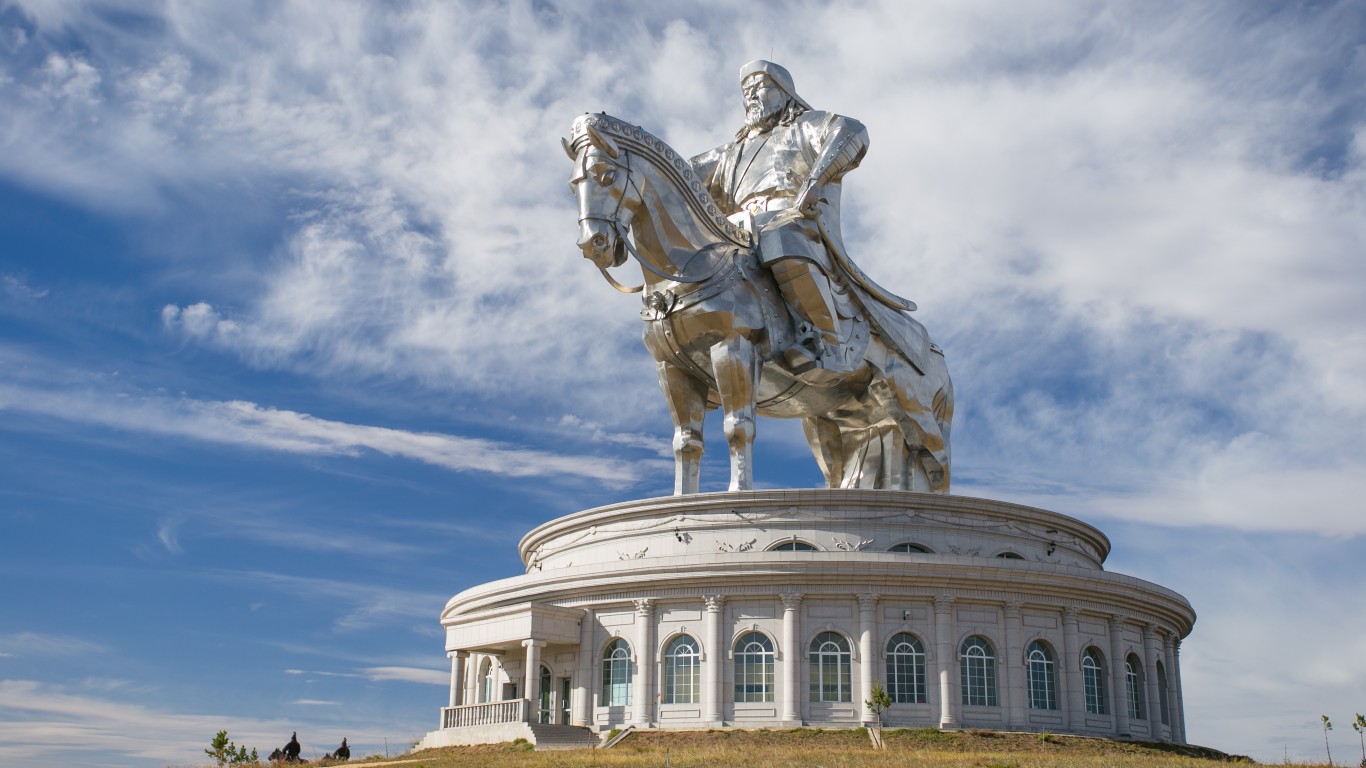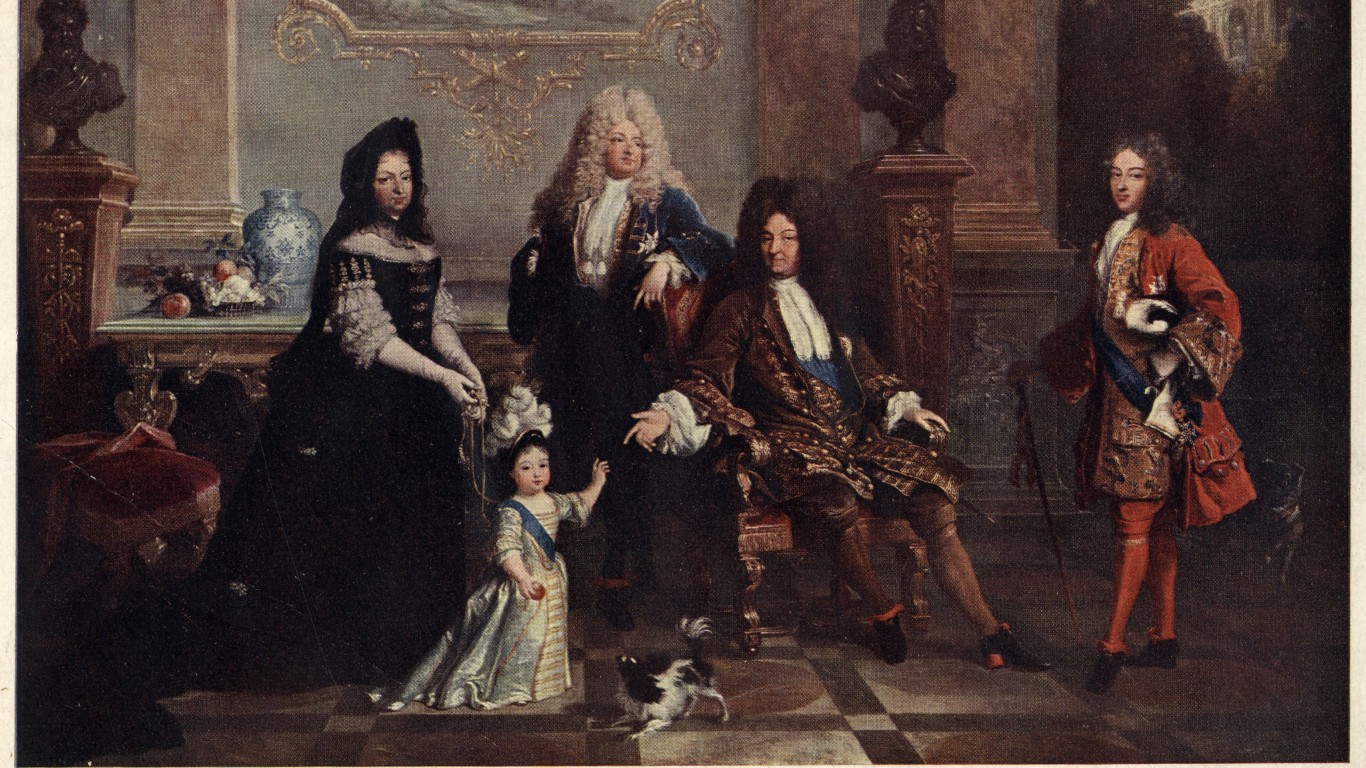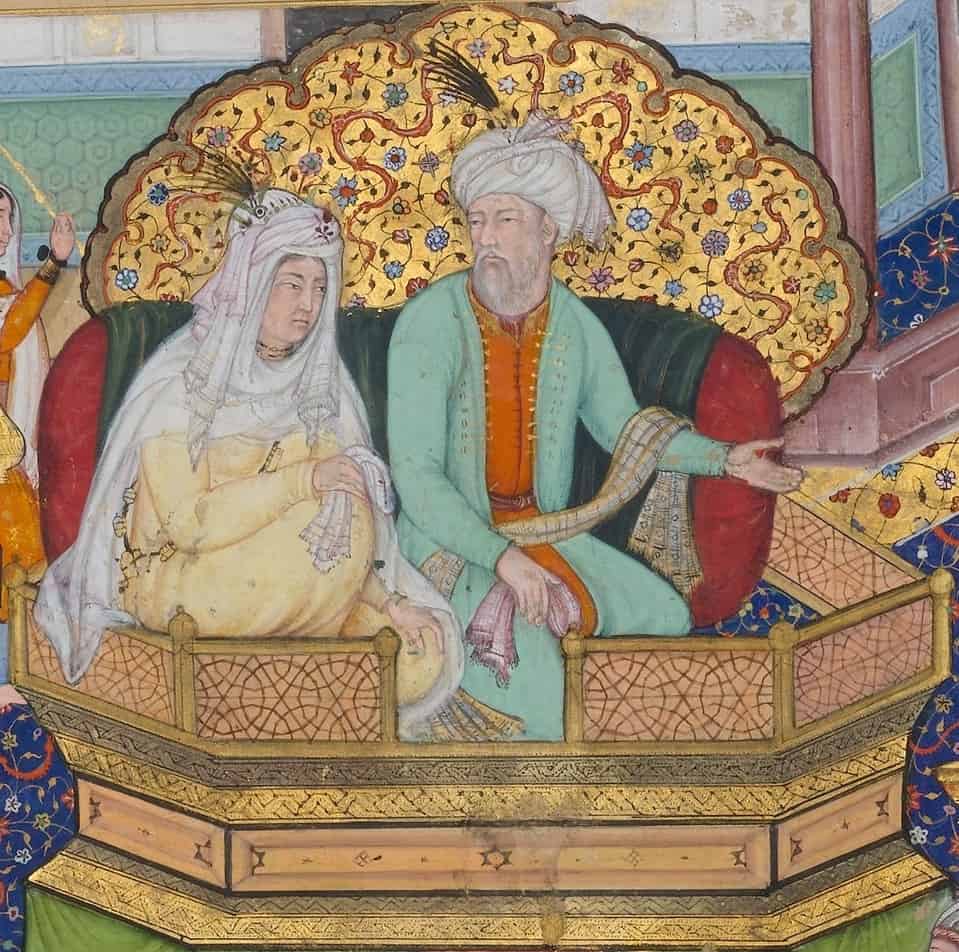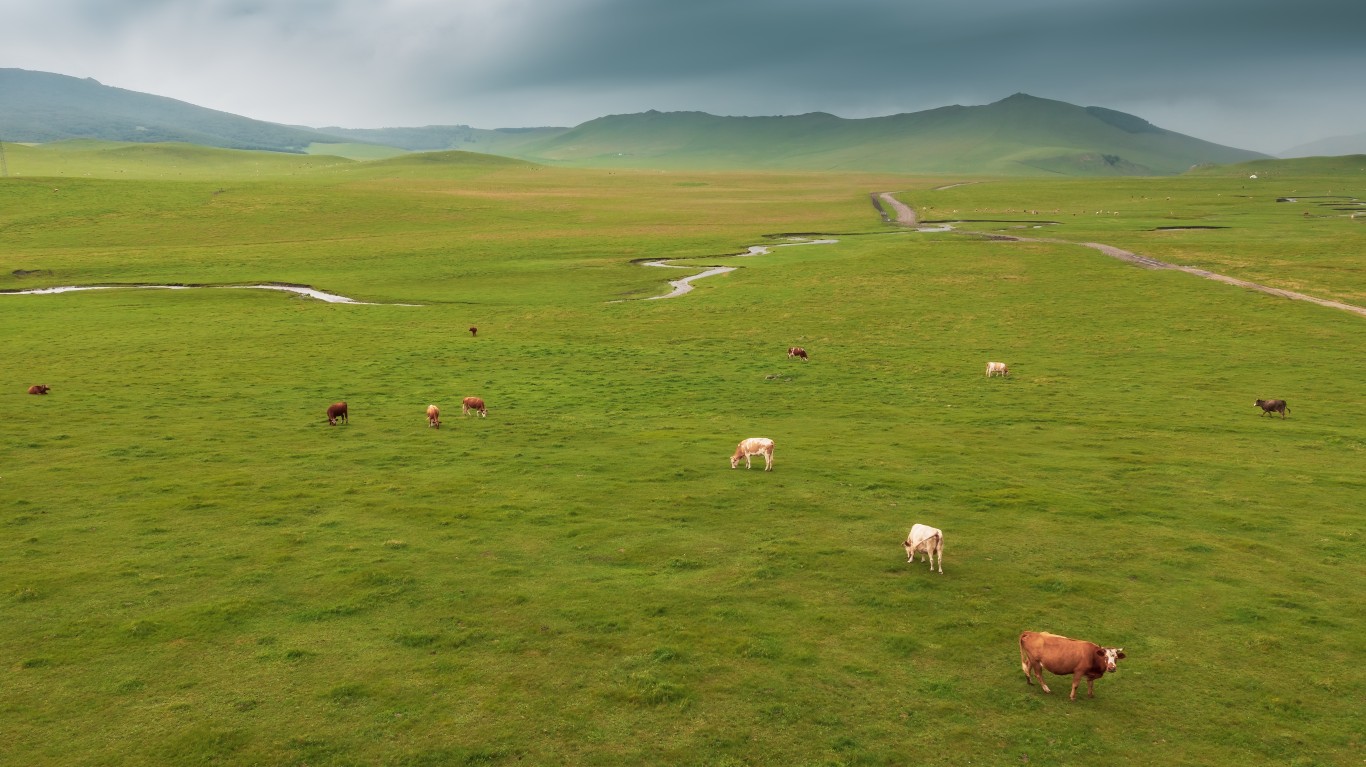Population and Social Characteristics
This Is How Many People Today Are Related to Genghis Khan

Published:
Last Updated:

It is a popular cultural factoid to claim a certain amount of humanity is directly descended from Genghis Khan (Temujin), with the percentages varying wildly from person to person and with or without evidence. But how many people can actually, credibly claim at least partial descent from Genghis Khan? And why is this particular factoid so popular?

Genghis Khan, Chinggis Khan, or Temujin, was the founder of the Mongol Empire and, after uniting the warring Mongol tribes, led them on a series of campaigns in which he conquered most of China and Central Asia, an empire twice the size of the Roman Empire at its peak or the Muslim Caliphate. and dominated the militaries from even beyond those limits.
He was born around 1160, died in 1227, and was buried in a secret location. At that time, the Mongolian Empire ruled from the Caspian Sea all the way to the Pacific Ocean and had fought and defeated military leaders from all over the world.
And unlike other well-known imperial rulers throughout history, he left behind a foundation and political structure that allowed his empire to continue to grow long after his death.

Claiming royal lineage is nothing new. In generations past, having a famous or noble or even royal relative could give you access to better living conditions, and privileges, and even spare you from some certain kinds of punishment. Today, this practice is continued mostly for cultural or ethnic pride, but there are some areas where certain bloodlines still afford you extra privileges.

Those who have done some of their own genealogy or family history might have noticed that famous or royal individuals always turn up eventually. This isn’t just a coincidence.
Life was hard in the past. The fetal mortality rate was astronomical, children often didn’t live beyond seven years old, and those that did live to adulthood often didn’t have that many children themselves. On the other hand, the wealthy and the royal (which were often the same thing) had the resources to not only avoid sickness, starvation, violence, natural disasters, workplace accidents, and other common causes of death, but they also could afford to pay for doctors and had the luxury of being allowed to live even if they were crippled from birth (whereas poor people might leave those children to die).
This means that descendants of royalty were more likely to continue their family line beyond just a few generations and spread that line far and wide through royal marriages, concubines, and more.

Since Genghis Khan was one of the most powerful and famous people to have ever lived, and his descendants ruled most of the world for many years, it makes sense that his direct lineage would be recorded in great detail.
Contemporary Chinese sources tracked his descendants in Asia while European and Muslim historians tracked his descendants on the other side of the planet well into the 14th century. Since then, however, as the bloodline become more diverse and removed from the present day, it has become less reliable to claim direct ancestry from the world conqueror, and with the advent of DNA testing, the claims only increased.

Closer to the time of Genghis Khan, claiming direct lineage from the Khan himself was a sure way to secure power for yourself and your family. It granted a place within the biggest contiguous state in the history of the world.
Genghis Khan was deified in Mongolia in the 1500s, where it is believed that he will return to help the Mongol people in a future time. He is the national hero of Mongolia and is seen as the founder of Mongolia. Therefore, being able to claim direct ancestry from Genghis Khan is not only a point of personal and tribal pride in Asia, but it is also a physical tie to the metaphysical reality and the gods themselves.

Genghis Khan had many wives and concubines throughout his life, and many of these wives were themselves royalty of other kingdoms and empires. He gave some of his primary wives their own camps to live in and manage which also had junior wives and concubines, making it nearly impossible to track exactly how many children and offspring Genghis Khan fathered during his life. This makes a claim of direct descent believable and plausible even without physical or DNA evidence.

The Yuan Dynasty of China, the Persian Hulaguid Dynasty, the Jochid Dynasty of the Golden Horde, the Astrakhanid Dynasty of Asia, The Timurid Dynasty, the Goryeo Dynasty of Korea, the Khans of Qasim and Qazan, and the Giray Dynasty of the Khanate of Crimea, and the Shaybanid Dynasty of Siberia all trace their lines directly to Genghis Khan.
There are dozens of other principalities, dynasties, and countries that could also directly or indirectly trace their lineage to Genghis Khan, meaning the continuation of his line was ever more likely, and anybody who could claim lineage from any of these dynasties could therefore claim Genghis Khan in their ancestry.

The modern claim that one out of every twenty people in the world are descendants of Genghis Khan is a misrepresentation of a real study conducted in 2003: Zerjal et al. (2003).
This study, the culmination of scientific speculation around the patrilineal ancestry of Genghis Khan, concluded that it had identified a Y-chromosomal link (patrilineal ancestry) from Genghis Khan to about 8% of all men alive in Asia at that time. This would have been about 16 million men in total.
The percentage, naturally, was much higher in Mongolia, where 24% of all males had a patrilineal link, with the percentage decreasing the further away from Mongolia the tests were conducted.
The link drops to zero in distant nations and ethnicities.
However, since the burial location of Genghis Khan is a mystery, and the remains of his children have not been tested, we may never know how many people can actually claim Genghis Khan ancestry.
Finding a qualified financial advisor doesn’t have to be hard. SmartAsset’s free tool matches you with up to 3 fiduciary financial advisors in your area in 5 minutes. Each advisor has been vetted by SmartAsset and is held to a fiduciary standard to act in your best interests. If you’re ready to be matched with local advisors that can help you achieve your financial goals, get started now.
Thank you for reading! Have some feedback for us?
Contact the 24/7 Wall St. editorial team.